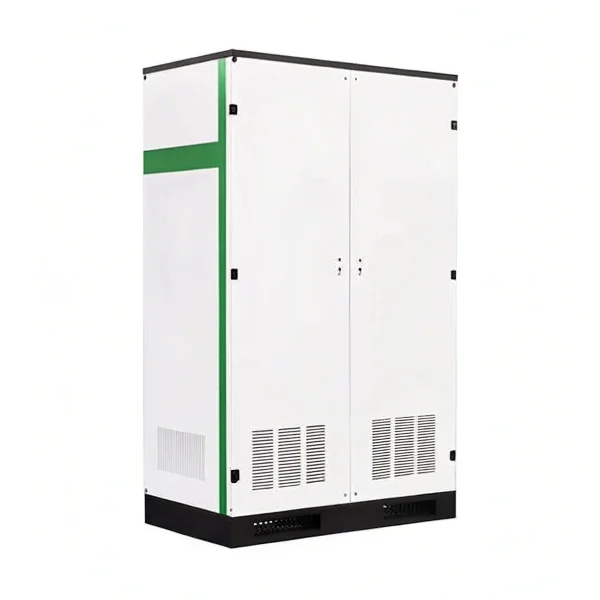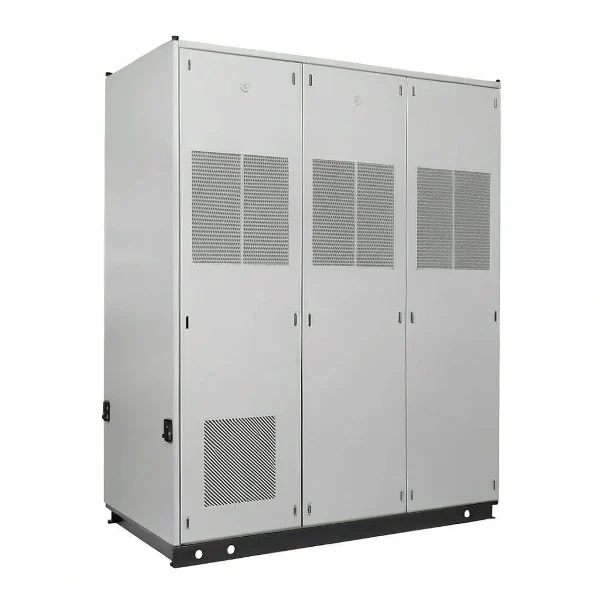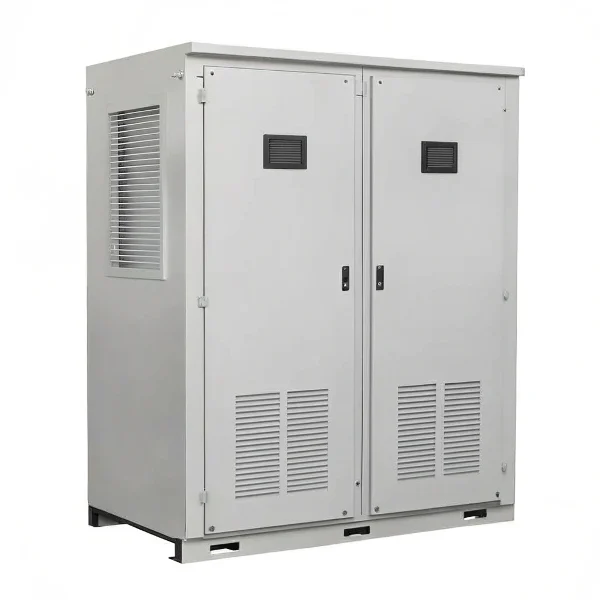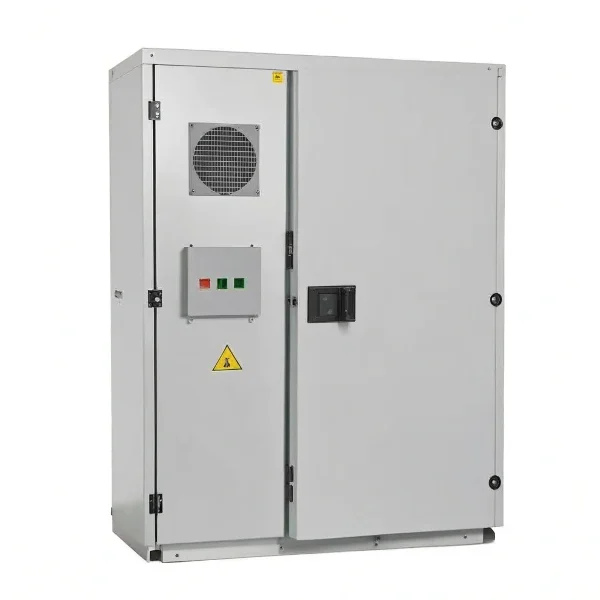
Designed for precision agriculture and forward-looking agri-food systems of vertical farm factory factories, intensive animal rearing, and chilled chain logistics. Utilizes intelligent energy management for cycle-to-cycle efficiency with minimum operating cost variation.
Designed for factory park and autonomous town decentralized power systems. Facilitates hybrid wind-solar-storage for grid robustness and real-time balance among supply, demand, and storage.
Metallurgical, chemical processing, and high-power precision machinery applications are what it is intended for. It has dynamic load regulation to facilitate staggered equipment startup and adaptive power technologies without interfering with stable voltage output.
Specifically developed for 5G base stations, supercomputing centers, and edge computing nodes. Provides intelligent environment-controlled power modules and multi-level backup infrastructure for high-duty energy reliability and performance for the latest technology installations.
Liquid-Cooled 261KWh Outdoor Cabinet Series C&I Energy Storage System is a best-in-class industrial and commercial product. The system combines best-in-class liquid-cooled and modular technology with high energy management capacity, support for the grid, and support for renewable energy. The system combines the essential components like energy storage batteries, power conversion systems (PCS), thermal management, fire protection, and monitoring systems into a combined product. Its outdoor enclosure's robust design provides eco-friendly protection against rain, dust, and broad temperatures, and is easily mounted in large deployment environments.

The enclosure integrates the energy storage battery, PCS, power distribution, temperature control, fire protection, and monitoring into a single assembly to provide installation convenience and minimize operational risks.
Best-in-class liquid-cooled solutions offer maximum temperature control of the batteries with resulting high performance and battery longevity even in rugged operating conditions.
Patented outer cabinet design using heat dissipating ducts with optimised design achieves maximum sealing for dust and water (IP67 rated) with no compromise under rugged environments.

Integrated air conditioner design together achieves maximum internal volume space optimization with higher energy density without sacrificing water tightness or mechanical strength.
Patented virtual synchronous machine technology allows parallel operation with grid in smooth mode and cable-free grid-connected/off-grid switching, and greater flexibility of microgrid applications.
Easy scalability and flexibility with modular design architecture is supported by the grid-connected/off-grid switching, power frequency transformers, and photovoltaic charging modules.
Remote monitoring and onboard communications hardware provide remote sensing of operating conditions and risk management for optimum system performance.
Front and rear maintenance doors for easy servicing, and heavy-duty construction reduce downtime and operating expense.
Application Scenario: Commercial buildings, data centers, and industries to make use of off-peak energy surplus and feed during peak load.
How It Works: Taps on the already existing power infrastructure with high capacity and quick response to coordinate energy demand and supply.
Benefits: Saving on electricity bills by optimal utilization of energy, stability to the grid, and standby power in case of power failure.
Use Scenario: Applied with solar or wind power plants to store excess clean energy for future use.
Action: Photovoltaic charging module enables direct energy storage from the solar panel, and renewable power output spiking is avoided by the system.
Benefits: Enables optimal utilization of clean energy, reduces use of fossil fuel, and increases sustainability goals.
Application: In remote or off-grid locations in order to enable islandable microgrids, power is generated independently without any contribution from central supply.
Principle of Operation: Virtual synchronous machine technology allows synchronized switching of off-grid/grid-connected operation mode in order to maintain continuous power supply.
Advantages: Enables greater energy autonomy, improves riding capability with grid faults, and allows decentralized energy control.
Application Scenario: Implemented in power-hungry companies to prevent peak demand charges by selling stored power during peak-demand hours.
Working principle: Continuously monitors grid load and drops load automatically when grid load is at the highest to keep peak costs minimal.
Benefit: Has minimum operating cost, prevents grid penalties, and keeps maximum power use efficiency.
Use Case Scenario: Supplies back-up power to hospital, data center, and other high-power installations.
How it works: Automatically goes to back-up operation on grid failure with immediate switch-over to running of critical loads.
Benefits: Facilitates downtime reduction, loss of data avoidance, and safeguarding in mission-critical operations.
Application Scenario: Assists grid stability through frequency regulation, voltage support, and power emergency whenever the grid is unstable.
How It Works: System automatically reacts against grid instability, adjusting energy output for grid balancing.
Benefits: Stabilizes electricity grids, avoids possible blackouts, and facilitates integration of intermittent renewable energy sources.
